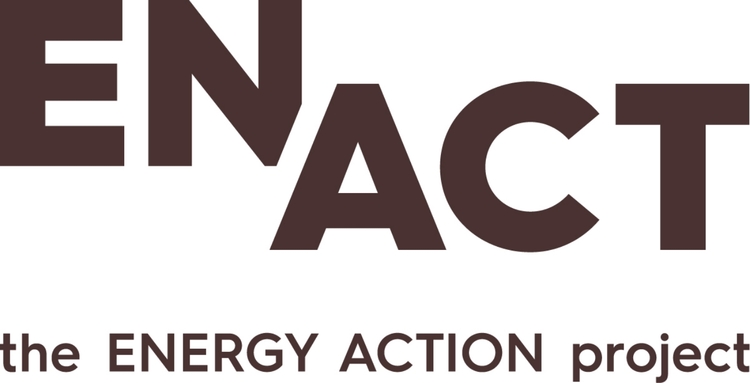Following the lead of many experts, EnAct uses the term fuel poverty to denote a specific aspect of the much bigger problem of energy poverty.
More than 1.3 billion people in the world, equivalent to 18% of the population, have no access to electricity or other modern energy services. An even larger number still rely on traditional sources – fuelwood , dung or charcoal – for cooking and heating. Such people can be said to be living in abject energy poverty. When one zeroes in on specific regions, the problem becomes more intense: 57% of Africans and 30% of South Asians live with no electricity. Narrow the focus further, and the figure spikes again to as high as 75% in countries such as Ethiopia or Kenya.
The situation is even worse for people using solid biofuels for cooking, with over half of the residential energy consumption coming from fuelwood and charcoal – and the percentage reaching over 90% for a few countries such as Ethiopia. A terrible consequence is that millions of women and children die every year from the smoke of three-stone or poorly designed cook stoves. EnAct will examine this type of energy poverty in another reportage, as well as situations where energy is available, but systems are unreliable. This is often true of emerging economies where growing populations and rising incomes put strain on energy systems.
Fuel poverty is less well-known, even though it hits closer to home for those who live in industrialised countries. It reflects the situation in which there is plenty of energy available through the national infrastructure or other local sources, but people cannot afford to purchase enough to stay warm in cold weather. In hot climates, fuel poverty can be applied to people who can't afford to run air conditioning or fans to stay cool. In many countries, the number of people facing such circumstances is growing from year to year.
But establishing a precise definition of fuel poverty is not an easy task. Until recently, United Kingdom was the only country to have published an official definition: “a household is in a situation of fuel poverty when it has to spend more than 10% of its income on all domestic fuel use, including appliances, to heat the home to a level sufficient for health and comfort.”
Under this definition, the number of people facing fuel poverty could reach 6 million or 8% of the UK population. As the map below shows, rates of fuel poverty vary dramatically across different regions of the country, reflecting factors such as the economic status of a community, the types and age of houses, and whether the population is connected to gas mains or has to rely on other sources such as fuel oil.
Click to view interactive map
X
(close)
Given differences in climate, methods of heating, and assessment of income in different countries across Europe, the UK definition is not readily applicable. The European fuel Poverty and Energy Efficiency (EPEE) consortium proposes a less "precise" but also less rigid definition, with the basic criteria being that a household finds it difficult or impossible to ensure adequate heating in the dwelling at an affordable price. Each country may adapt this definition to reflect national characteristics and criteria, while retaining a common view of the problem. According to the EU Fuel Poverty Network, the percentage of people affected could be as high as 44% in Bulgaria or 34% in Lithuania.
Regardless of the definition applied, what is clear from recent data is that the incidence of fuel poverty is rising, not only in Europe but also in North America and parts of Asia and Oceania. Two main factors, which together have a multiplier effect, have been identified: together, the ongoing economic crisis and high energy prices (particularly in 2014) have stretched household budgets to the limit.
Governments and social agencies are increasingly aware that a growing number of their citizens are seriously affected by fuel poverty, and would like to know how widespread the problem is and the severity of its impacts. Such information would help them design assistance programs and make appropriate budget allocations. But another element makes it very difficult for them get precise data.
Most people who struggle to stay warm or to pay their bills put the blame on their own shoulders. They feel ashamed or embarrassed, and do not want to talk to others about their situation. Not surprisingly, they don't think of – or don't want to think of – themselves in association with any notion of poverty. As a result, they also take on the full burden of trying to get out of what might well be in an impossible situation.
Thus, governments turn to data to obtain estimates. In England, for example, fuel poverty is modelled using data from an annual national survey (the English Housing Survey) of people’s housing circumstances. The survey is based on two components: an interview survey with the householders living in the dwelling; and a survey of the physical features and condition (including energy efficiency) of the dwelling. The report provides a fairly accurate picture of the situation in a given year; repeating the survey annually makes it possible to analyse how the situation is evolving over time.
In its first week, Cold@home aims to raise awareness of the signs (or symptoms) of fuel poverty and what causes it, which does not always have to do with whether a household is "poor" from an economic perspective.
